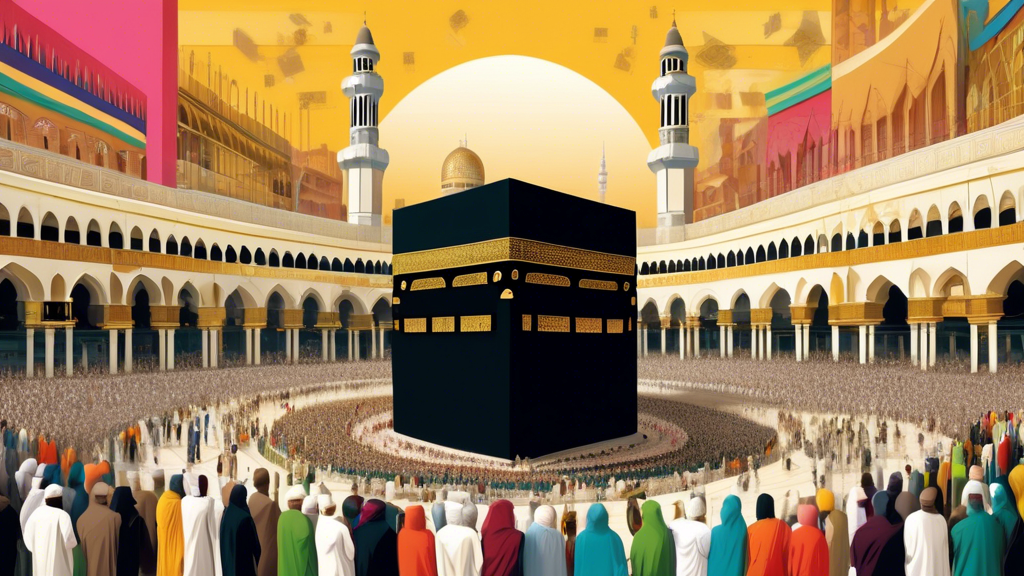The History of the Kaaba: Islam’s Holiest Site
The Kaaba, a cube-shaped structure located in the heart of Mecca, Saudi Arabia, is the most sacred site in Islam. Every year, millions of Muslims from around the globe gather here for the annual pilgrimage known as Hajj, which is one of the five pillars of Islam. Beyond its religious significance, the history of the Kaaba is a fascinating journey through time, reflecting the spiritual, cultural, and historical evolution of the Arabian Peninsula.
Pre-Islamic Era
Even before Islam, the Kaaba was revered as a sacred site. Historical records suggest that it functioned as a sanctuary and was a gathering place for various tribes in the pre-Islamic Arabian Peninsula. It housed 360 idols, representing the gods of different tribes. The structure itself is believed to have been constructed and re-constructed multiple times throughout history, with each tribe contributing to its preservation and significance.
The Foundation by Prophet Ibrahim and His Son Ismail
A fundamental belief in Islam is that the Kaaba was originally built by Prophet Ibrahim (Abraham) and his son Ismail (Ishmael). According to Islamic tradition, they constructed the Kaaba on God’s instructions as a monotheistic house of worship. The Black Stone, an ancient relic embedded in one of the Kaaba’s corners, is believed to have been placed there by Ibrahim and Ismail. Over centuries, the significance of this sacred structure became obscured, leading to the introduction of idol worship.
Reformation by Prophet Muhammad
Prophet Muhammad, in the early 7th century, played a crucial role in restoring the Kaaba to its original purpose as a sanctuary for the worship of the one true God. Following his return to Mecca after years of exile, one of his first actions was to cleanse the Kaaba of its idols. This act reoriented the Kaaba back to its monotheistic roots and marked the beginning of its centrality in Islamic worship and community life.
A Center of Islamic Worship
Since its reformation by Prophet Muhammad, the Kaaba has remained the focal point of Islamic worship. Muslims around the world face the Kaaba during their five daily prayers, and the Hajj pilgrimage, which involves rituals centered around the Kaaba, is a once-in-a-lifetime obligation for all Muslims who are physically and financially able to undertake it. The structure itself has undergone numerous reconstructions due to natural and man-made damages over the centuries, including floods and wars. However, the essence of the Kaaba as a symbol of monotheism and unity has remained unchanged.
The modern Kaaba
In recent times, the area surrounding the Kaaba has seen unprecedented growth and expansion. The Saudi government has undertaken massive construction projects to accommodate the growing number of pilgrims. Modern facilities and structures now surround the ancient Kaaba, yet its simplicity and spiritual allure remain undiminished. The cloth covering the Kaaba, known as the Kiswah, is replaced annually in a ceremony that symbolizes rebirth and renewal.
Conclusion
The Kaaba’s rich history from pre-Islamic times through to the present day demonstrates its enduring significance in the Islamic faith and the wider cultural and historical tapestry of the Middle East. As the spiritual heart of Islam, it embodies the faith’s deepest values: monotheism, community, and the continual journey towards spiritual fulfilment. The story of the Kaaba is a testament to the power of faith to transcend time, uniting millions in worship and devotion.
